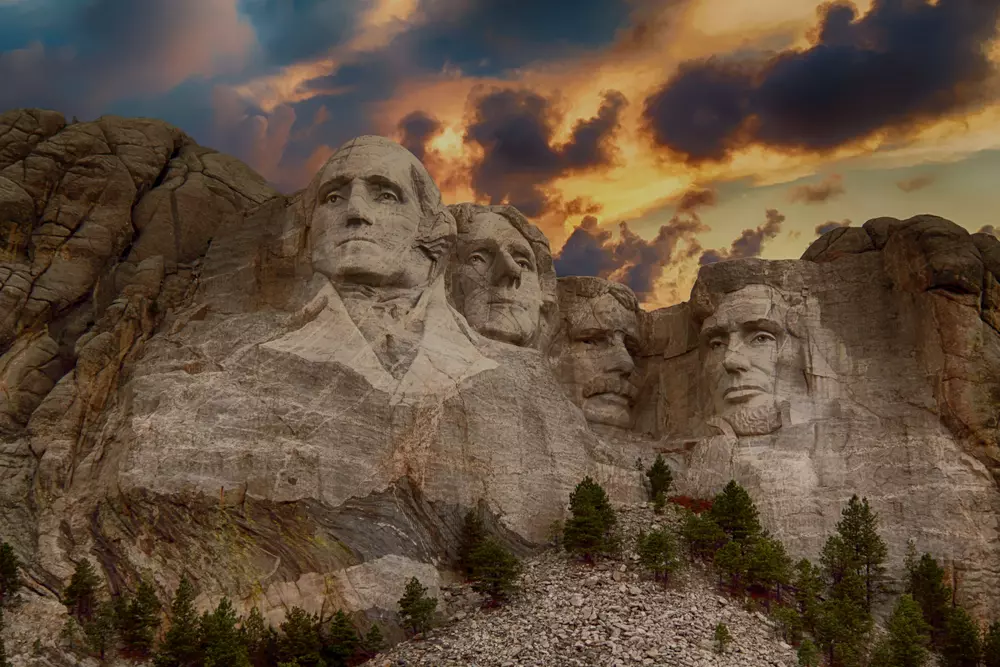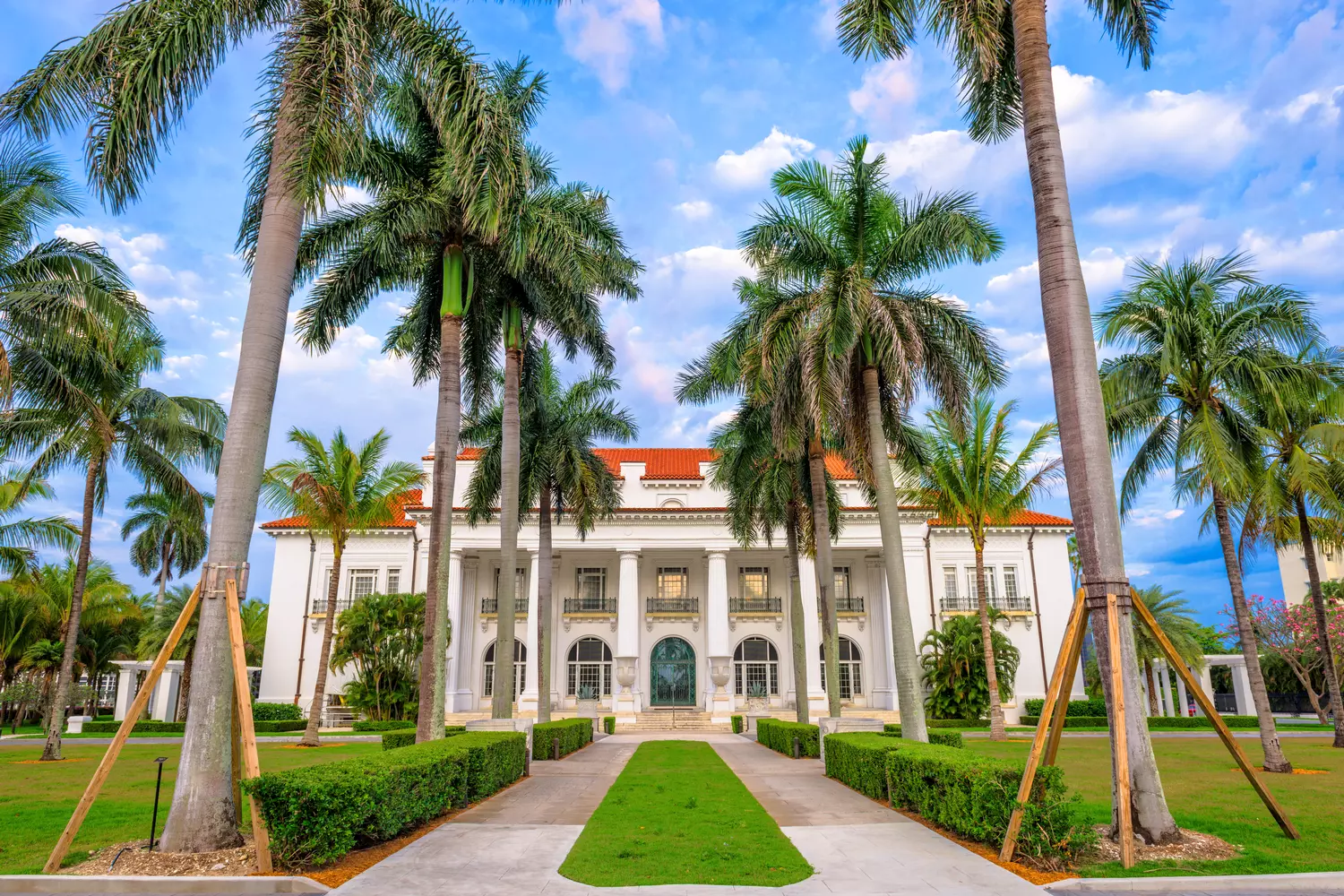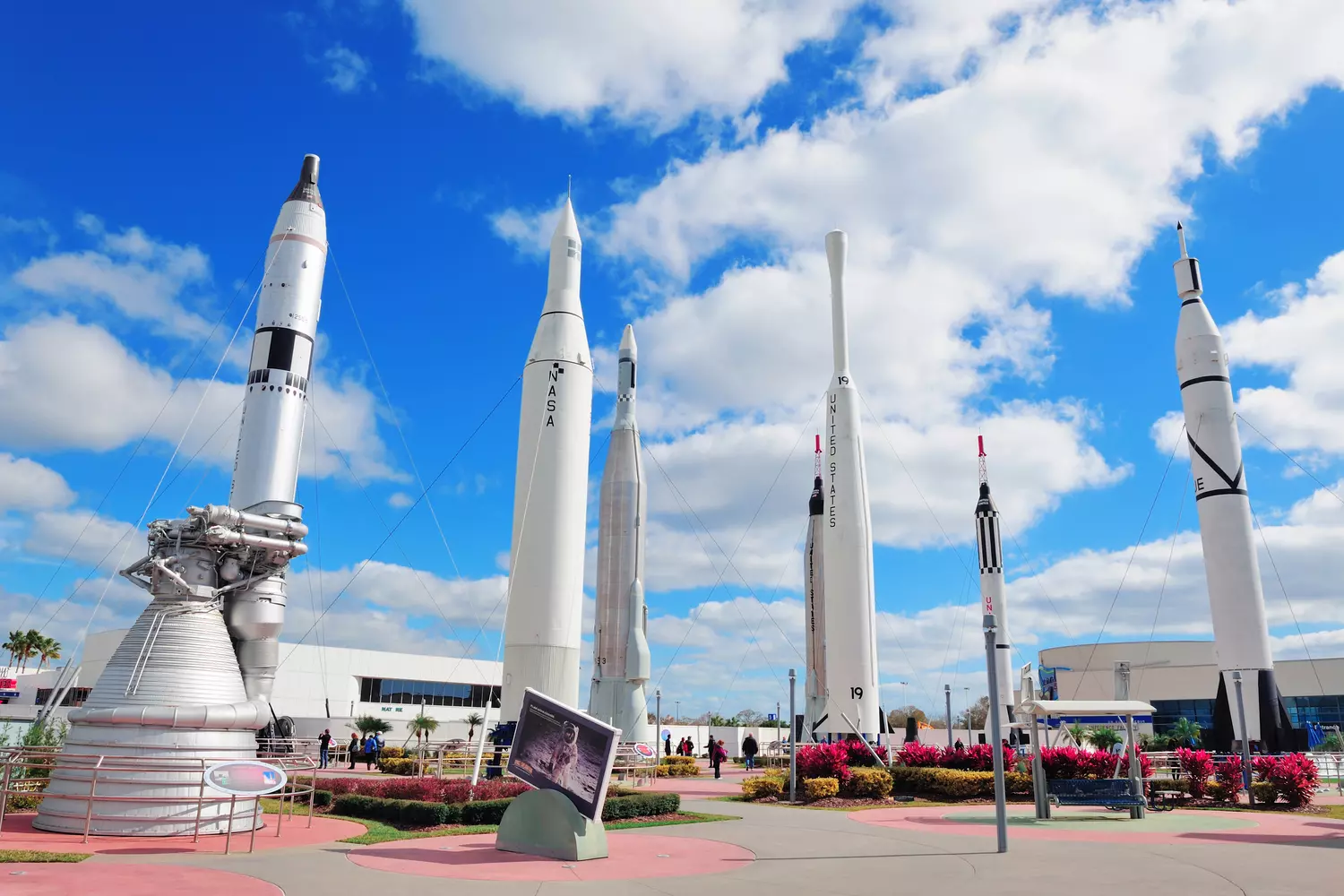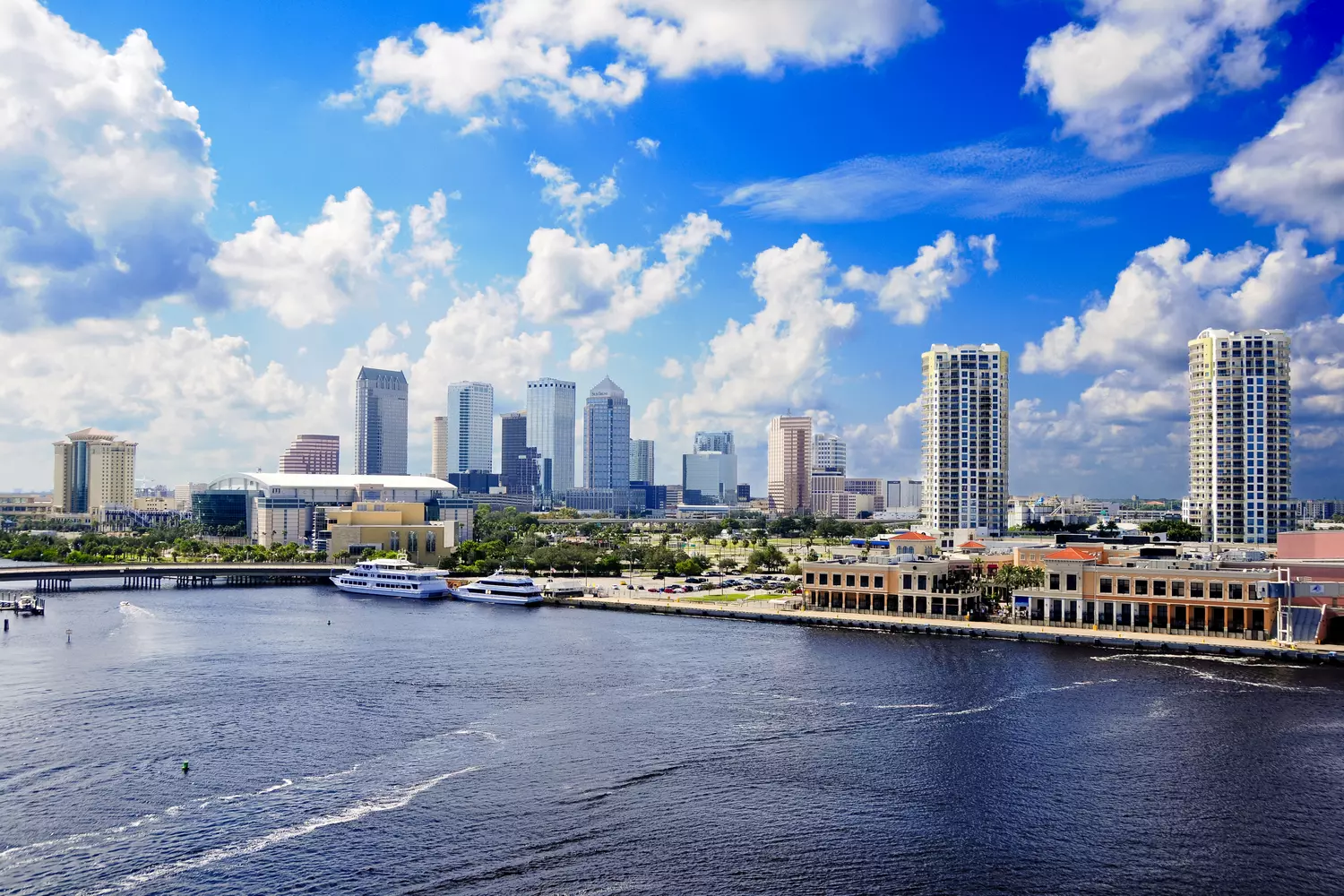America in the late 19th century was a battleground for ambitious individuals eager to turn their ideas into vast fortunes. It was an era when oil, steel, and railroads reshaped the economic landscape, giving rise to business titans who left an indelible mark on history. Henry Morrison Flagler was one of those titans.
Flagler’s name is not as widely recognized as that of his business partner, John D. Rockefeller, yet without him, the mighty Standard Oil — the company that turned petroleum into America’s “black gold” — would not have existed. However, his true legacy extends far beyond oil. Flagler was the visionary who transformed Florida’s swamplands into a thriving resort region, built railroads through seemingly impassable wilderness, and constructed luxurious hotels that turned the state’s east coast into a magnet for tourists.
How did the modest son of a miller rise to America’s elite, build an empire, and reshape an entire state? Henry Flagler’s story is not just about wealth and power — it is a tale of vision, risk, and foresight that changed the fate of Florida forever.

Early Years and Path to Success
The future magnate was born on January 2, 1830, in the small town of Hope, New York. His father was a humble pastor, and the family lived in modest conditions. The times were tough — America was undergoing economic upheavals, and opportunities for children from poor families were extremely limited. But from an early age, Henry showed remarkable determination.
At 14, he left school and set out to find work. His first serious job was at a store in Ohio, where he earned five dollars a month plus room and board. It was there that he got his first taste of commerce and realized that wealth did not come to those who merely worked hard but to those who could recognize opportunity.

The true turning point in Flagler’s life came when he joined a company that traded grain and spirits. He didn’t just sell products — he studied the market, analyzed economic trends, and honed his negotiation skills. By the age of 22, he had launched his own salt-trading business, which initially generated solid profits but later collapsed due to market oversaturation. This was his first major setback, but not a defeat. Flagler learned a crucial lesson — sustainable wealth comes not from quick deals but from long-term investments.
This philosophy would later lead him into the oil industry, where he would build an empire capable of transforming an entire nation’s economy.
Standard Oil: Building an Empire
By the 1860s, oil was rapidly becoming the new symbol of wealth. America was shifting from whale oil lamps to kerosene lighting, and industries were increasingly dependent on petroleum products. However, the market was chaotic — small companies competed fiercely, prices fluctuated wildly, and fuel quality was inconsistent. It was at this critical moment that Flagler met the man who would change his life — John D. Rockefeller.
By 1867, Rockefeller already owned a small oil refinery in Cleveland, but he lacked the capital to expand. It was Flagler, investing $100,000 into the venture, who became the key figure that enabled Standard Oil to evolve into a true giant. Unlike many businessmen chasing quick profits, Flagler focused on a long-term strategy of market domination. He methodically acquired competitors and negotiated favorable deals with railroads to reduce transportation costs.

Standard Oil did not simply sell oil — it controlled the entire supply chain, from extraction and refining to distribution and sales. This allowed the company to set prices lower than its competitors, effectively pushing them out of the market. By the 1880s, Standard Oil had become one of the most powerful corporations in U.S. history, controlling up to 90% of the country’s oil industry.
Flagler played a crucial role in building this empire, yet, unlike Rockefeller, he never sought public attention. While Standard Oil faced massive lawsuits and antitrust battles, he was already looking toward a new project — one that would change his life even more than oil. A project that would make his name legendary in Florida.
The Transformation of Florida: Railroads and Tourism
By the 1880s, Flagler was extraordinarily wealthy. Standard Oil was thriving, bringing him millions of dollars, but he was searching for something new — something grand, a project that would leave a lasting mark on history. He found it in Florida.
At the time, the state was far from the tourist paradise it is today. Endless swamps, malaria-carrying mosquitoes, a lack of roads and infrastructure — few people were willing to move there. But Flagler saw something more. He realized that if he built railroads to connect the north and south and offered wealthy Americans comfortable conditions for leisure, Florida could become the country’s premier resort destination.
His first major project was the luxurious Ponce de Leon Hotel in St. Augustine. It was more than just a building — Flagler introduced a new standard of luxury travel, where affluent visitors could enjoy the warm climate and world-class service rivaling that of Europe’s finest palaces. However, it soon became clear that tourism required more than just hotels — it needed a reliable way for visitors to get there.

This led to Flagler’s greatest gamble — the construction of the Florida East Coast Railway. He purchased several small railroad lines, modernized them, and laid new tracks southward, gradually connecting isolated towns to the rest of the country.
The project seemed impossible. Swamps, tropical hurricanes, and untamed wilderness presented challenges the railroad industry had never faced before. But Flagler was relentless. He knew that without railroads, Florida would remain an isolated, undeveloped land.
When the tracks finally reached Miami, the town was officially incorporated into the United States. Until then, it had been little more than a small settlement, but thanks to Flagler’s railway and investments, it quickly grew into one of the nation’s top resort cities. Grateful residents even proposed naming the city after him, but he declined.
Harley-Davidson: How a Motorcycle Became a Symbol of Freedom and Adventure
The crowning achievement of this grand project was the Overseas Railroad, leading all the way to Key West. It was a technological revolution — the first-ever railway built over open water, connecting islands like a bridge to the future.
Walk in the footsteps of Henry Morrison Flagler and discover how this visionary transformed a sleepy town into a world-class resort. With American Butler tours, you’ll uncover the hidden gems of Palm Beach, admire its architectural splendor, and dive deep into the rich history of this extraordinary place.
By the time Flagler saw his dream fully realized, he was in his eighties. Florida was no longer a remote and unwelcoming frontier — it had become a prestigious destination for both leisure and living. His railroads had reshaped the lives of hundreds of thousands of people.
But like all great stories, this one had a tragic ending.
Flagler’s Legacy
Henry Flagler did more than amass wealth—he transformed an entire region, laying the foundation for modern Florida. His projects shaped the state's development so profoundly that their impact is still felt today.
What Flagler left behind:
- The Florida East Coast Railway — a rail network that connected northern and southern Florida, making large-scale growth possible.
- Legendary Hotels — Ponce de Leon in St. Augustine, Royal Poinciana in Palm Beach, The Breakers, and others set the standard for luxury travel.
- Miami as a Resort Hub — without Flagler, the city might have remained a small fishing village.
- The Overseas Railroad — a project decades ahead of its time. Though a 1935 hurricane destroyed it, its construction remains a symbol of human ambition.
- Flagler Foundation and Historic Preservation — his name lives on through universities, museums, roads, and national landmarks.
Why he is considered one of Florida’s greatest architects:
- He saw potential in lands that others dismissed as worthless.
- He invested millions into the region’s development when he could have simply enjoyed a billionaire’s lifestyle.
- His foresight transformed swamps into a thriving center of tourism and commerce.
- Even after his death, his projects continued to create jobs and attract millions of people.
Today, it’s impossible to imagine Florida without its luxurious resorts, highways, and modern infrastructure. Behind it all stands one man — Henry Morrison Flagler, who saw the future where others saw only wilderness.

































